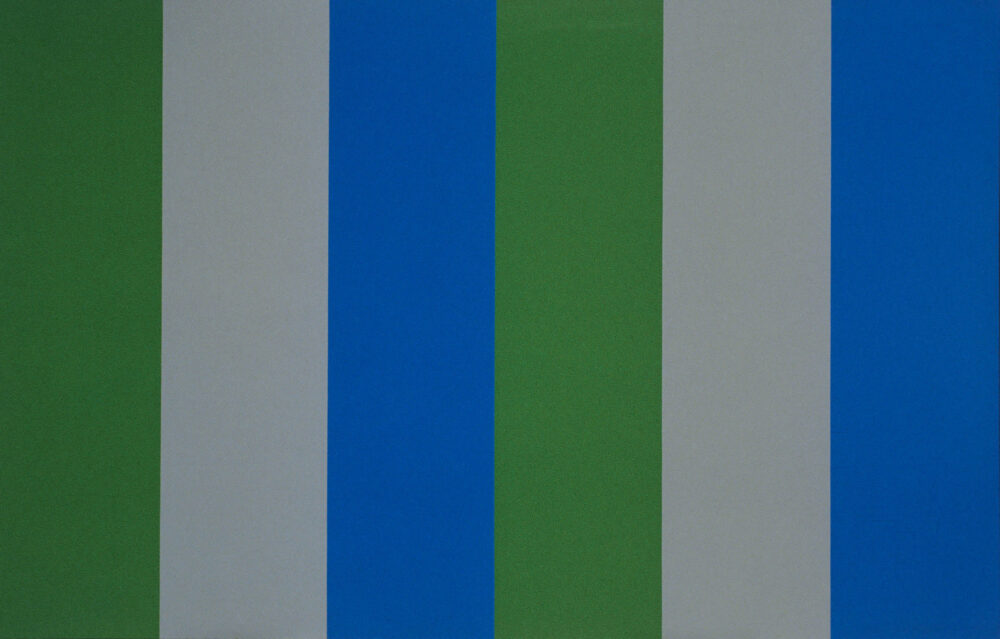I – Adagio. Arch form in 5 sections (A-B-C-B-A)
First violin chant sustained by clear harmonies (A), motif obscured by chromaticism and the use of mutes (B), interruption of the calm by an animated cello recitativo (C), dialogue with the first violin and transition leading to an abridged recapitulation of elements A and B.
II – Scherzo (A-B (a-b) -A)
In section A, contrasts between the initial dense element and the lightness of the secondary motifs; in B, new contrasts between the violent ostinatos and their imitation in pizzicatos (a), leading to an Adagio (b), short but intense in which the cello develops the chromatic motif of the 1st movement underlined by a counterpoint in the violins. Brief recap of A.
III – Andante. 3 section form (A-B-A)
The initial section serves as an introduction. The principal section is an ornamented and very expressive chant by the cello, a sort of aria, which is taken up by the other instruments with slight variations. To conclude, a distant recall of the first movement as the sound gradually fades away.
Jacques Hétu
Access to score:
Doberman-Yppan DO 157 : https://productionsdoz.com/product/45-quatuor-a-cordes-opus-50-no-2

